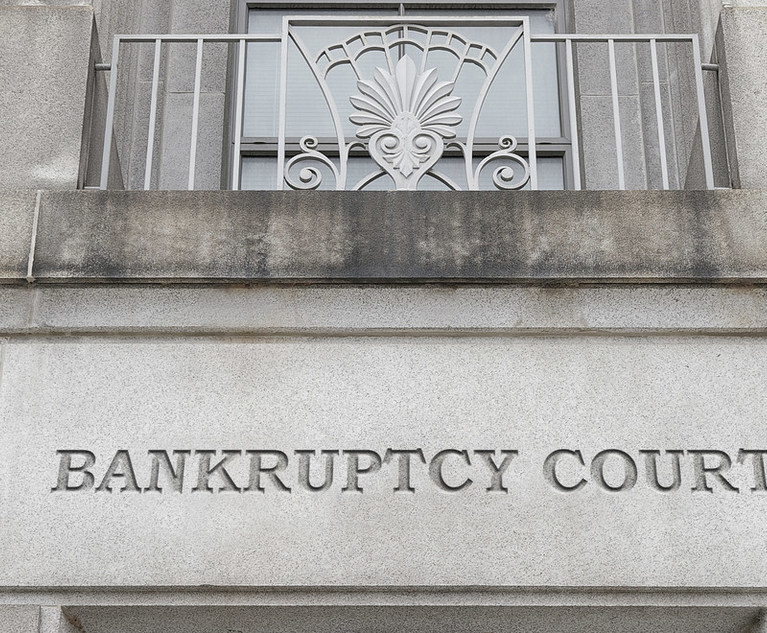Laws are like cobwebs, which may catch small flies but let wasps and hornets break through. — Jonathan Swift
The heart of the bankruptcy process is an exchange. To receive a discharge, cut off creditors’ claims, and make a fresh start, the debtor must turn over all its non-exempt property to the bankruptcy estate. The estate can also claw back money the debtor has paid out to others before bankruptcy as fraudulent or preferential transfers. In straight bankruptcy, the property is liquidated and the proceeds distributed among creditors. In a corporate reorganization under Chapter 11 of the Bankruptcy Code, management usually remains in control and prepares a plan of reorganization. The plan must be approved by creditors, who will approve, or be deemed to have approved if the plan offers them as much or more than they would receive in a liquidation. It must then be confirmed by the court. Since bankruptcy involves the distribution of insufficient resources, the junior interests—usually the shareholders—tend to be wiped out, and more senior creditors become the owners of the reorganized entity.


 Credit:JHVEPhoto/Adobe Stock
Credit:JHVEPhoto/Adobe Stock




